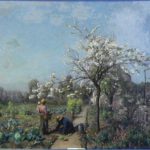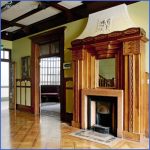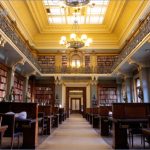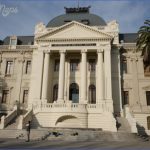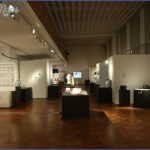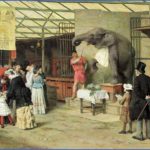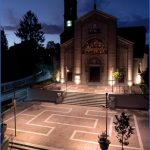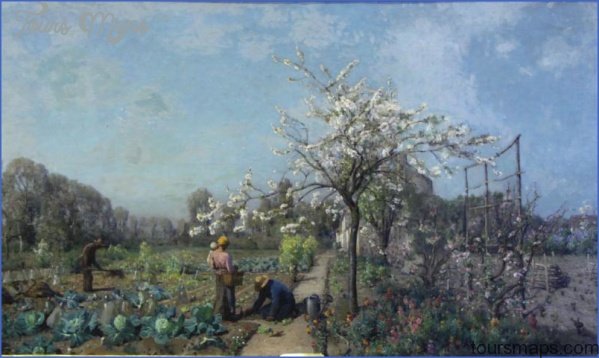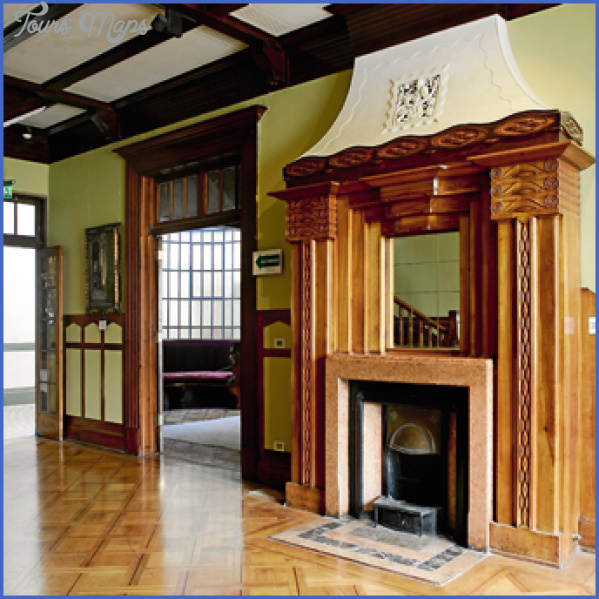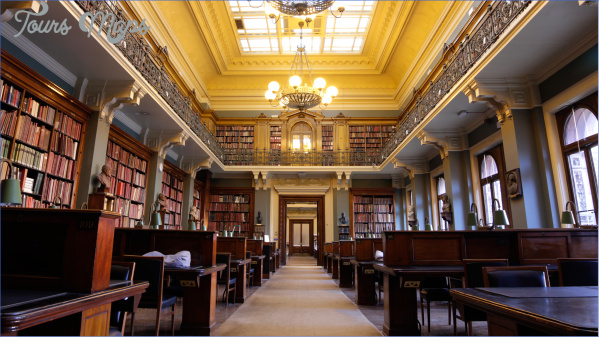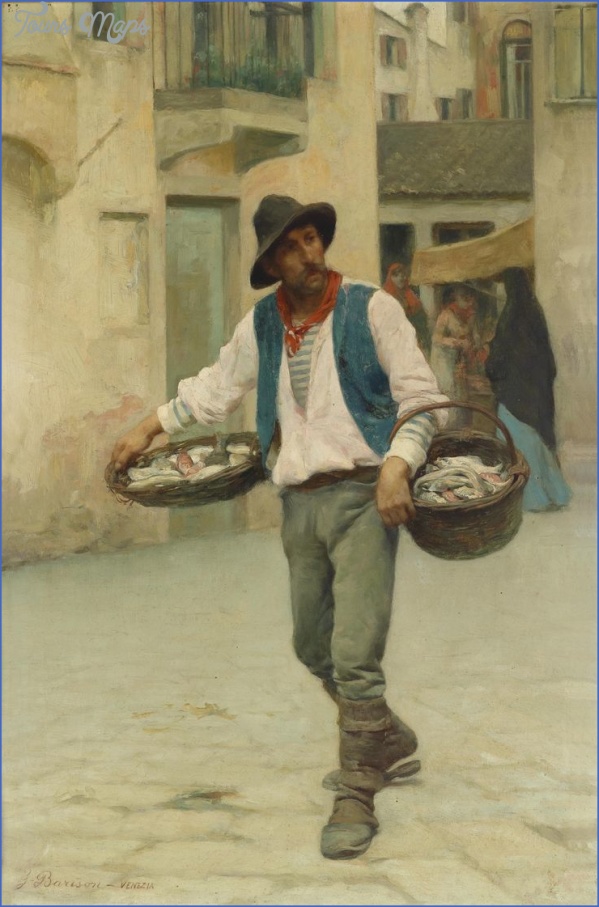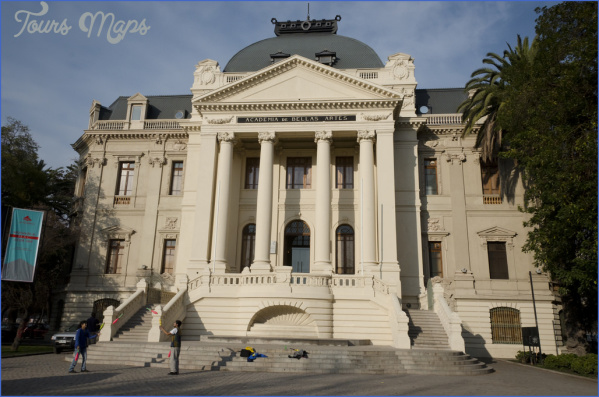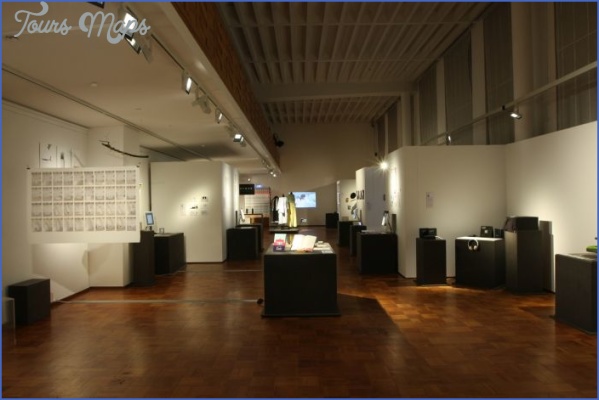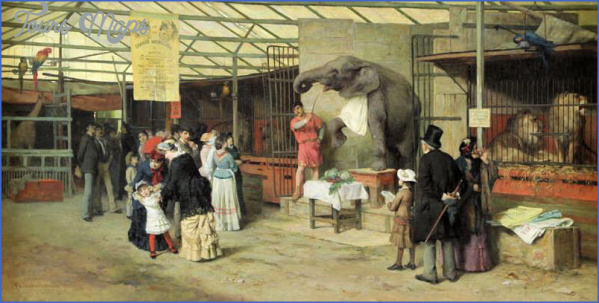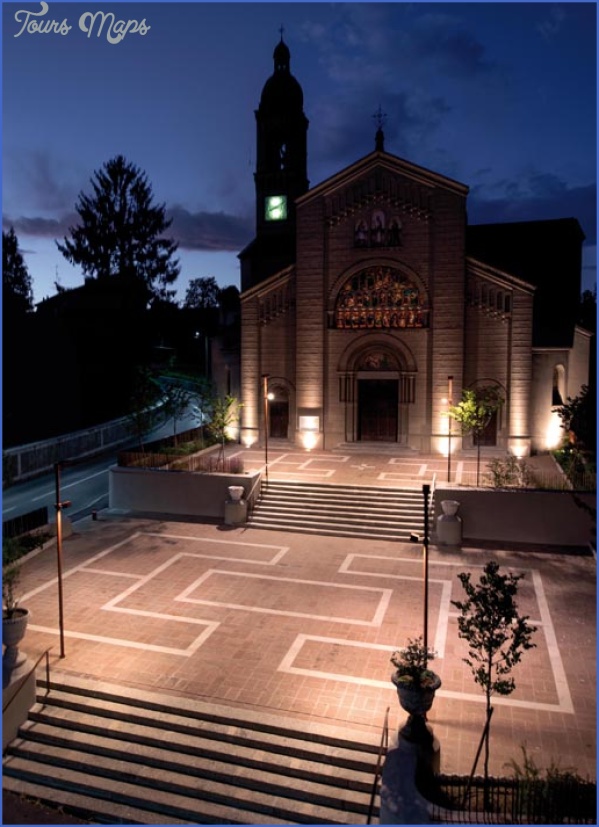Pe-teris Barisons came from a farmstead at Staburags, in rural Latvia, and the museum in his memory is not easy to find. You need to start from Aizkraukle, a small town on the river Daugava in the south of the country (the site of Aizkraukles Mu- zikas Skola Pe-tera
Barisona), cross the river and drive east some 19 km, along a dirt-track road; then, to the right, four kilometres along another rudimentary road and then a right fork for just over a kilometre. There are fingerposts to the farmhouse, Skudras, which Barisons himself built in the 1920s (the original house, in which he was born in 1904, was destroyed in World War I). The farmyard serves as a car park.
BARISONS MUSEUM Photo Gallery
The museum was established on the upper floor in 1974, on the 70th anniversary of Barisons’s birth. Barisons spent most of his professional life in Riga, where he was a professor at the conservatory and a choral conductor, but he returned to Staburags for the summers, and his son Gunras (himself a composer, working in Riga) was born there in 1946. Pe-teris however died the next year, still in his early 40s. He wrote orchestral music, including three symphonies, but his chief contribution was choral – as a local group, of six ladies in Latvian folk costume, charmingly illustrated by singing some of his folksong settings for our benefit.
Barisons is commemorated in two rooms. In one are posters, programmes, photographs and music facsimiles, and his own square piano, from Germany; the other, rather larger, is fitted out as a simple bedroom, with a dummy keyboard he made, photographs evoking his life in Riga, his baton and his autograph book, a portrait of Beethoven and a photograph of his teacher Vitols, and a piano. It is a modest display, but touching, and clearly important to the locals, proud of Staburags’ son who helped raise the musical flag of Latvia.
Maybe You Like Them Too
- Top 10 Islands You Can Buy
- Top 10 Underrated Asian Cities 2023
- Top 10 Reasons Upsizing Will Be a Huge Travel Trend
- Top 10 Scuba Diving Destinations
- World’s 10 Best Places To Visit

